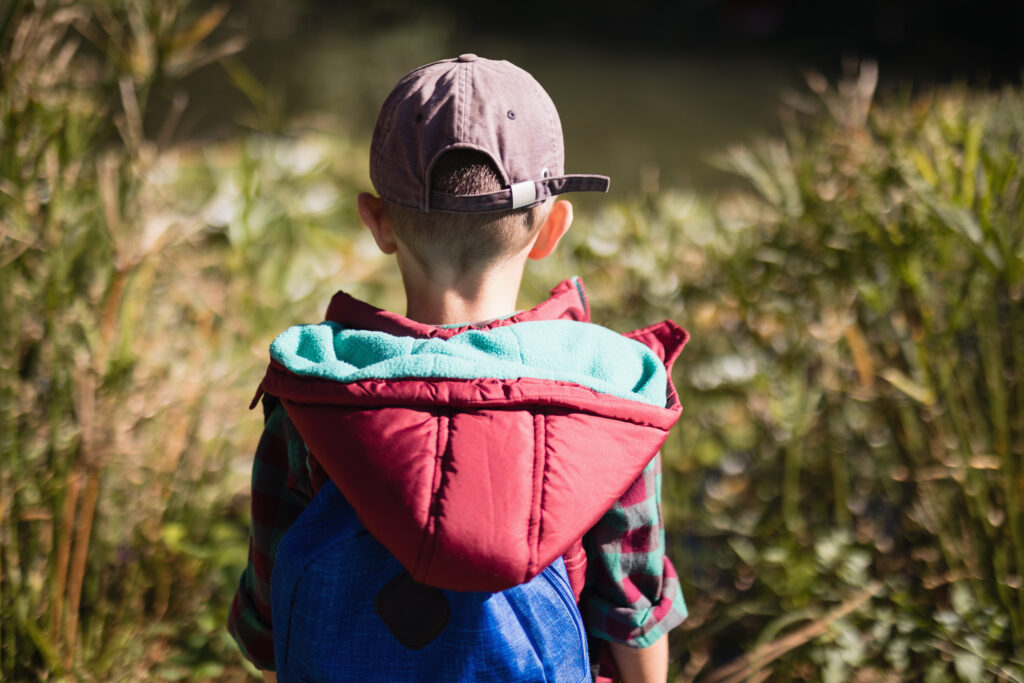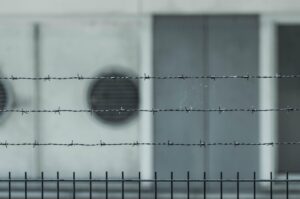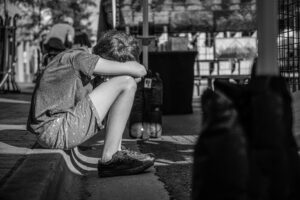The Royal Commission into Institutional Responses to Child Sexual Abuse uncovered a horrible truth: institutions designed to nurture and develop children often become places of profound betrayal.
While we’ve heard endless stories about child sexual abuse in churches and schools, the Commission revealed an alarming pattern of abuse within youth groups and recreational activities—organisations that were meant to promote confidence, community, and character-building.
For decades, organisations like Scouts, sporting clubs, cadets, and church-run youth groups offered young Australians a sense of purpose and belonging. Parents entrusted these institutions with their children, confident in their reputations and community standing.
Yet, behind many of these programs were inadequate child safety protocols, unsupervised access to minors, and an ingrained culture of protecting the institution’s reputation over the welfare of the child.
The horrendous statistics
According to Volume 14 of the Final Report, the Commission heard from 408 survivors who were sexually abused in recreation settings. Their accounts spanned 344 different institutions across Australia.
The statistics were shocking, to say the least:
- 77.4% of survivors experienced multiple instances of abuse.
- 65.5% were abused between the ages of 10 and 14.
- Most survivors were abused by a single adult male offender, often a youth group leader or coach.
- 37% described being groomed, often through gifts, private training sessions, or emotional manipulation.
The report also found that in many cases, abuse occurred in contexts that were out of sight, like private coaching sessions, change rooms, or during overnight stays. In some cases, perpetrators even used the guise of performance training to normalise inappropriate touching.
A legacy of silence and systemic failure in youth groups
Some of the most confronting revelations of the Royal Commission were those involving abuse within Australian youth groups, including Scouts, church-run programs, cadets, and other community-based clubs. Of the survivors who attended private sessions with the Commission, 36.6% were abused by youth group leaders.
These youth groups were built around leadership, service, and character development. But behind their mottos and uniforms, the Commission uncovered decades-long failures to protect children from sexual abuse.
How offenders manipulated the children they were trusted to protect
Survivors pointed to a consistent pattern: adult leaders—often charismatic and deeply trusted —used their positions of power to isolate, groom, and exploit children. Of the survivors who spoke about abuse in sport and recreation settings, more than a third had been abused by a youth group leader. Many named Scout leaders in particular.
The settings were often structured in ways that increased risk: overnight camps, billeting arrangements, and one-on-one mentoring.
Grooming usually involved emotional manipulation, rewards, or the gradual breakdown of physical boundaries under the guise of trust-building. In some cases, the abuse continued for years, allowed by a culture that discouraged questioning authority and prioritised the institution’s reputation over a child’s safety.
A lack of accountability & child abuse prevention strategies
Many institutions failed to report abuse to police or child protection authorities, choosing to deal with allegations “internally.” Sometimes, known offenders were allowed to continue working with children or were quietly moved to other programs.
Scouts Australia, for example, had multiple historical failures to remove or report leaders known to have sexually abused children. The NSW branch in particular allowed Scout leaders like Steve Larkins to continue offending for years. Larkins’ behaviour was “common knowledge” among NSW Scout leaders, and concerned members were told to do “nothing”.
Unaffiliated and volunteer-run youth groups were often even less equipped to deal with allegations. They lacked formal complaint procedures, Working With Children Checks, or basic awareness of child safety responsibilities.
Child safety cannot be an optional extra. It has to be embedded in the governance, culture, and everyday practices of every youth organisation.
A deep and lasting impact
Child sexual abuse leaves deep psychological scars. Survivors told the Royal Commission that the abuse not only damaged their sense of safety and self-worth but also distorted their relationships with sport, community, and authority for decades afterwards.
Children who were passionate about swimming, dance, Scouts, or martial arts often walked away from their hobbies entirely, unable to separate the activity from the trauma inflicted within it. One survivor said that after the abuse, “every time I saw a soccer ball, I felt physically sick.”
The impacts extend well beyond the loss of childhood activities:
- Mental health struggles, including depression, anxiety, PTSD, and suicidal ideation.
- Broken trust in adults and authority figures, particularly where the offenders were coaches, youth leaders, or instructors in positions of high esteem.
- Disruption to education and economic security. Some survivors were so traumatised that they dropped out of school, leading to lower employment prospects and financial instability later in life.
- Substance abuse and self-harming behaviours.
Some survivors also described a second layer of trauma from the response (or lack thereof) by the institution involved. When disclosures were ignored, minimised, or met with legal threats, the psychological damage was only made worse.
In these cases, the abuse wasn’t just an act of individual betrayal; it was a systemic failure that confirmed the child’s belief that their pain didn’t matter.
Moving forward
The abuse that occurred within youth groups and recreational settings was not the result of a few “bad apples.” It was made possible by systemic failures to supervise, believe, and act.
Justice is an important step towards healing the trauma of child abuse. Acknowledging the truth—and acting on it—is essential. The stories shared during the Royal Commission were deeply painful, but they’ve paved the way for reform.
Representing survivors of institutional child abuse, our team has seen the courage it takes to come forward. For those abused in settings that were supposed to offer safety and joy—sport, music, community—the betrayal cuts deep. But with accountability, support, and continued advocacy, healing is possible.
If you suffered institutional abuse as a child, we want to hear from you. Share your story with us. We’re here to help.
Feature Image: Envato




